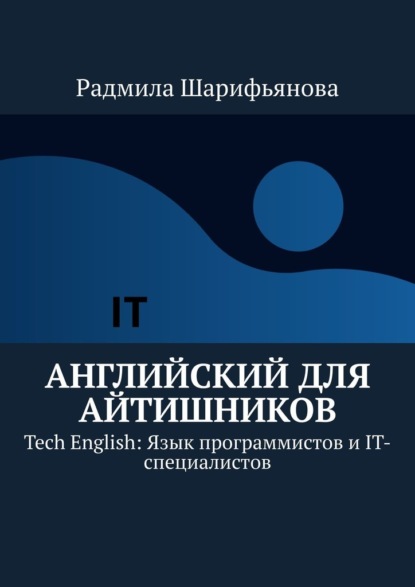По всем вопросам обращайтесь на: info@litportal.ru
(©) 2003-2025.
✖
Английский для айтишников. Tech English: Язык программистов и IT-специалистов
Настройки чтения
Размер шрифта
Высота строк
Поля
CPU usage – использование процессора
Predict – прогнозировать
System failures – сбои в работе системы
Energy efficiency – энергоэффективность
Internet of Things (IoT) – интернет вещей
Sensors – датчики
Connectivity options – возможности подключения
Security cameras – камеры безопасности
Door locks – замки дверей
Communicate – общаться
Tasks
1. What is the definition of hardware?
Answer: Hardware refers to the physical components of a computer system, including the central processing unit (CPU), memory, storage devices, and peripherals.
2. How do solid-state drives (SSDs) differ from traditional hard disk drives?
Answer: SSDs use flash memory instead of spinning disks to store data, resulting in faster read and write speeds and increased durability.
3. How can artificial intelligence (AI) enhance hardware performance?
Answer: AI algorithms can optimize CPU usage, predict system failures, and improve energy efficiency.
4. What is the Internet of Things (IoT)?
Answer: The Internet of Things (IoT) refers to devices such as smart thermostats, security cameras, and door locks that are equipped with sensors and connectivity options that enable them to communicate with other devices and systems.
5. Why is it important for IT professionals to stay up-to-date with hardware advancements?
Answer: As technology continues to evolve, hardware will play an increasingly crucial role in enabling new applications and services. IT professionals must stay up-to-date with these advancements to ensure they are using the most efficient and effective hardware for their organizations.
Understanding Computer Motherboards
The motherboard is one of the most important components of a computer system, as it connects and controls all other hardware components. It is essentially the «heart» of the computer.
There are several key features to consider when selecting a motherboard. First is the form factor, which refers to the physical size and layout of the board. Common form factors include ATX, Micro-ATX, and Mini-ITX.
Another important consideration is the socket type, which determines what kind of CPU can be installed on the motherboard. The most common CPU sockets are Intel’s LGA and AMD’s PGA.
The chipset is another important component of the motherboard, as it determines what features the board will have, such as the number of USB ports and the maximum amount of RAM that can be installed.
The motherboard also has expansion slots for additional hardware components, such as graphics cards and sound cards. These slots come in different sizes and speeds, such as PCI Express x16 or PCI Express 3.0.
It’s important to note that not all motherboards are compatible with all hardware components. For example, a motherboard with an Intel LGA socket cannot support an AMD processor.
Vocabulary
Motherboard – материнская плата
Hardware components – компоненты аппаратного обеспечения
Connects – соединяет
Controls – управляет
Form factor – форм-фактор
Physical size – физический размер
Layout – расположение
ATX – форм-фактор АТХ
Micro-ATX – форм-фактор Микро-АТХ
Mini-ITX – форм-фактор Мини-АТХ
Socket type – тип сокета
CPU – центральный процессор
Chipset – чипсет
Features – характеристики
USB ports – порты USB
RAM – оперативная память
Expansion slots – слоты расширения
Graphics cards – графические карты
Sound cards – звуковые карты
Sizes – размеры
Speeds – скорости











